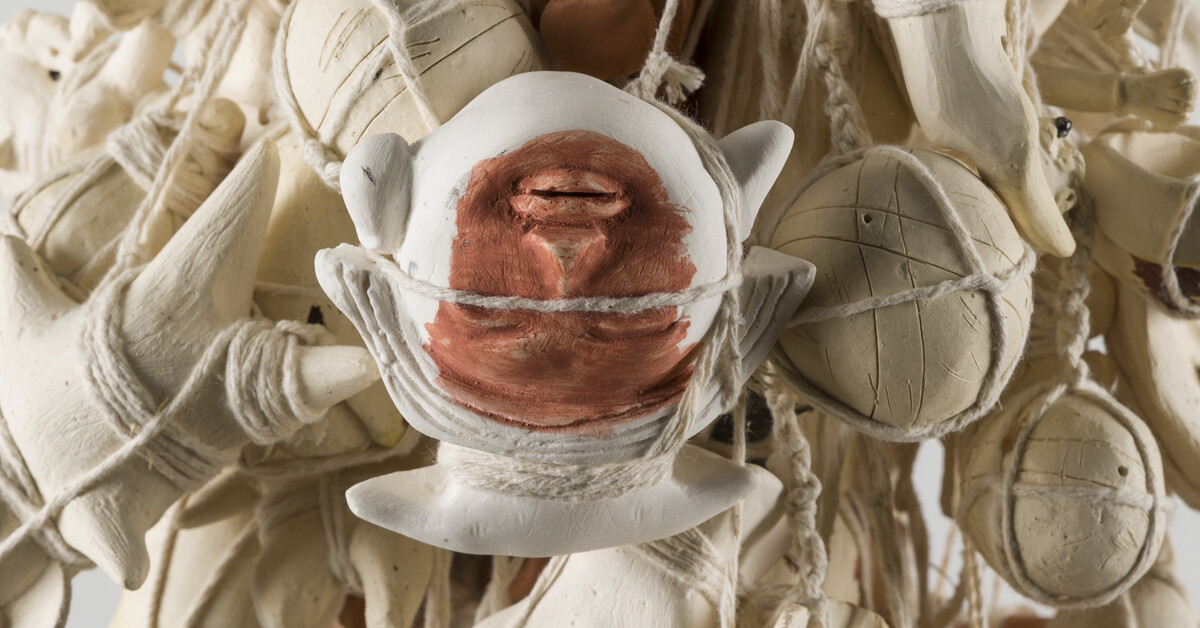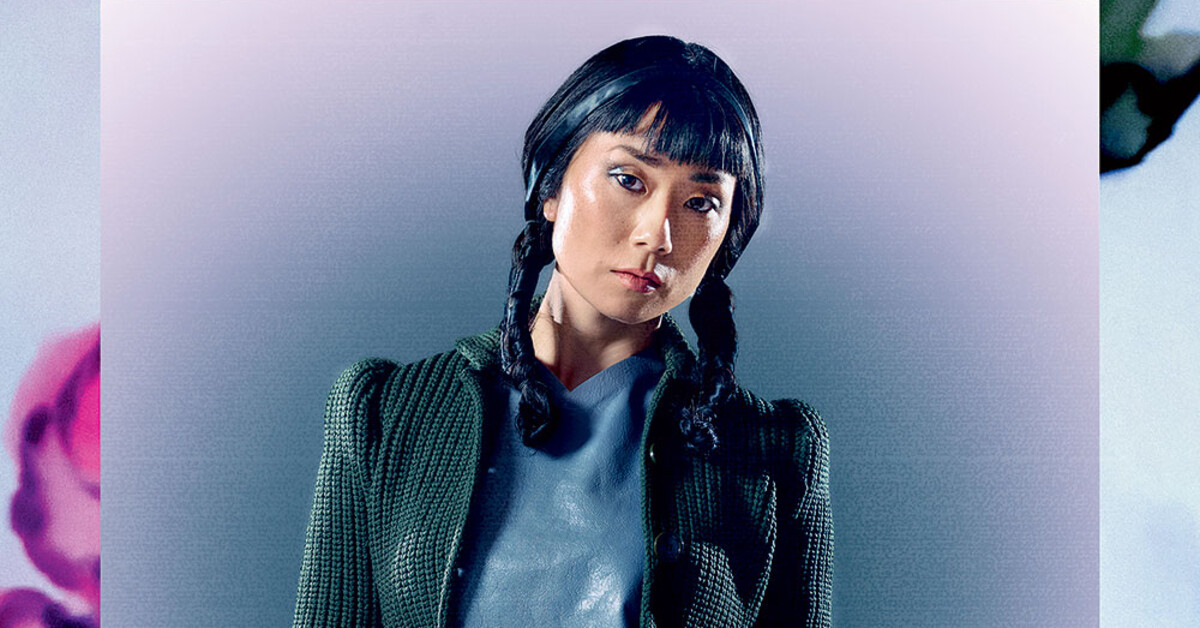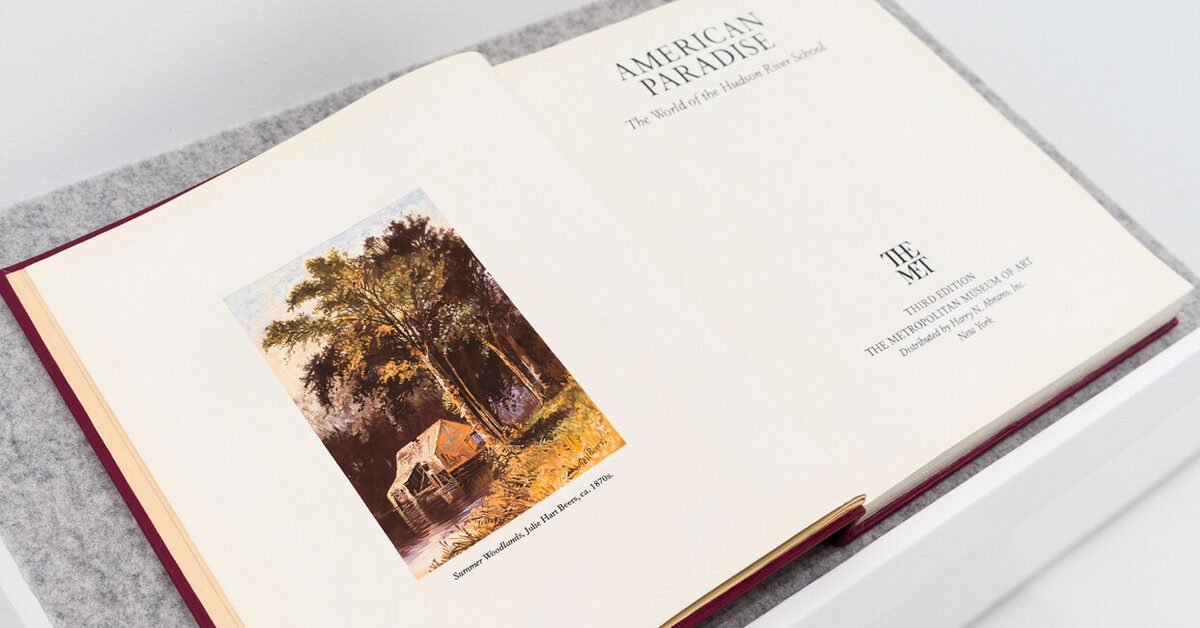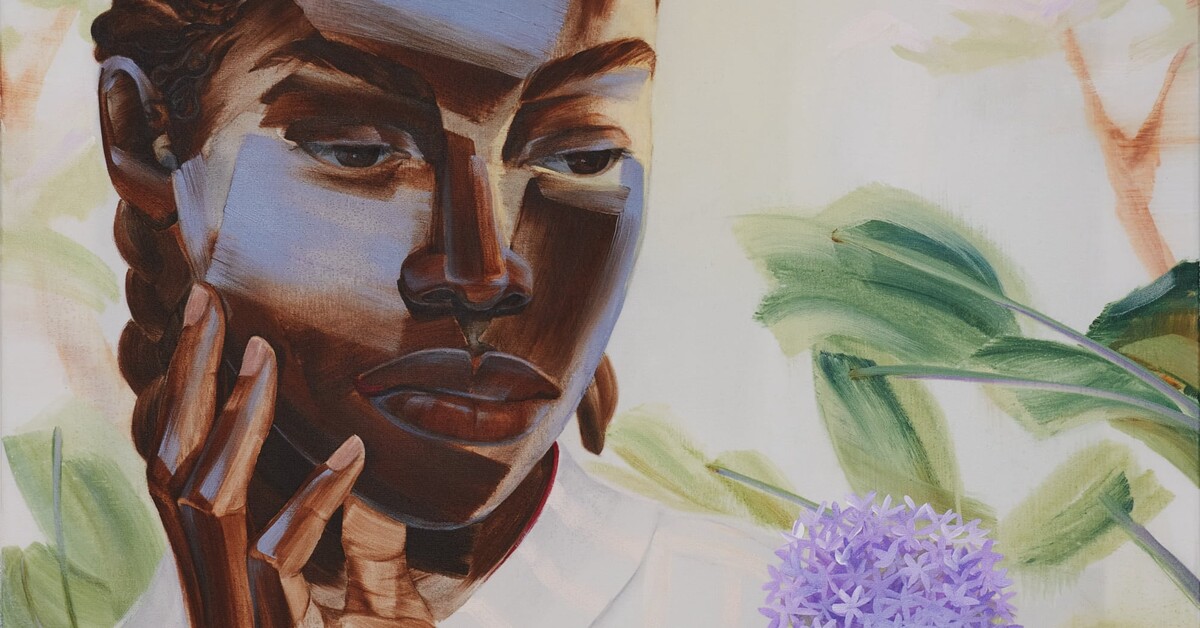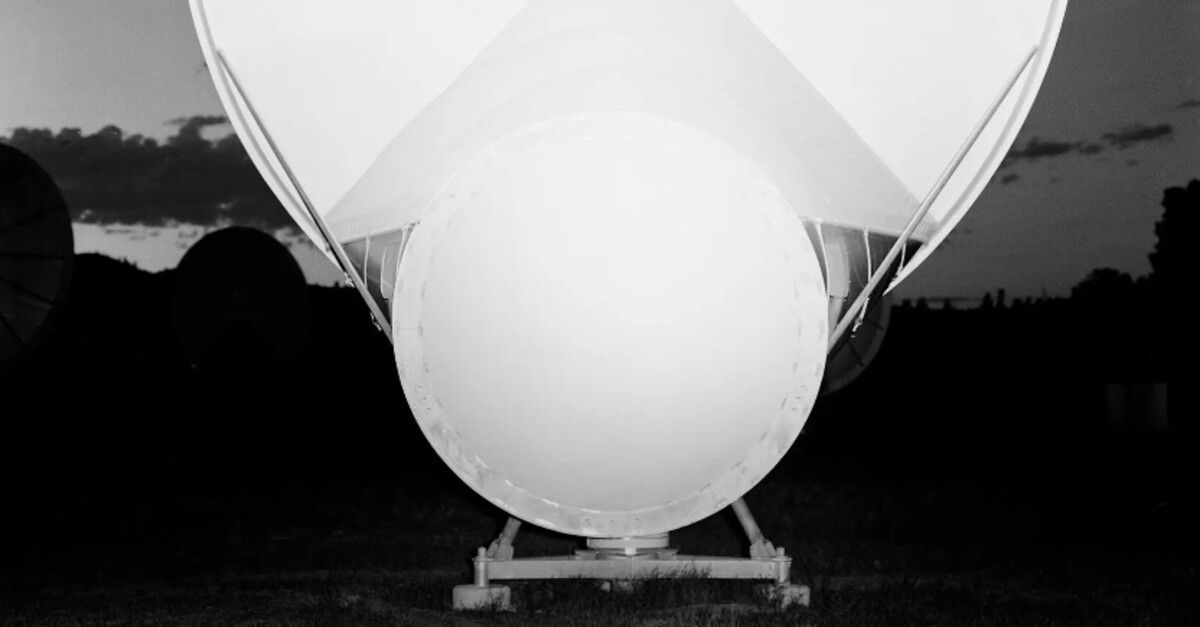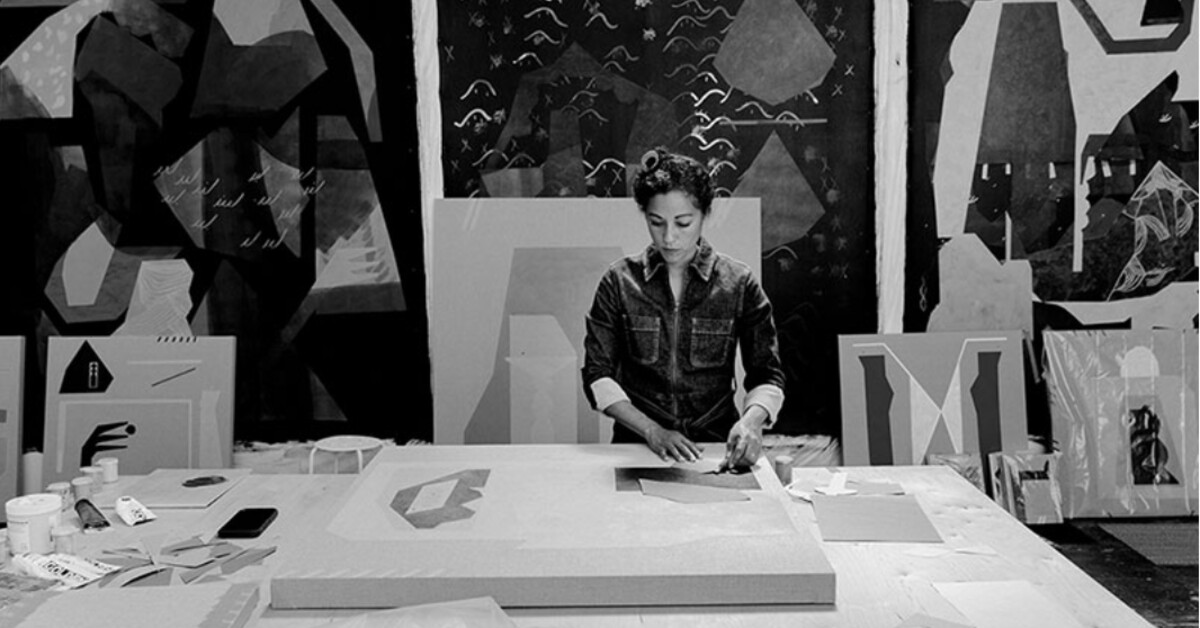15 Contemporary Syrian Artists You Need to Follow
AD / Sep 21, 2025 / by Rawaa Talass / Go to Original
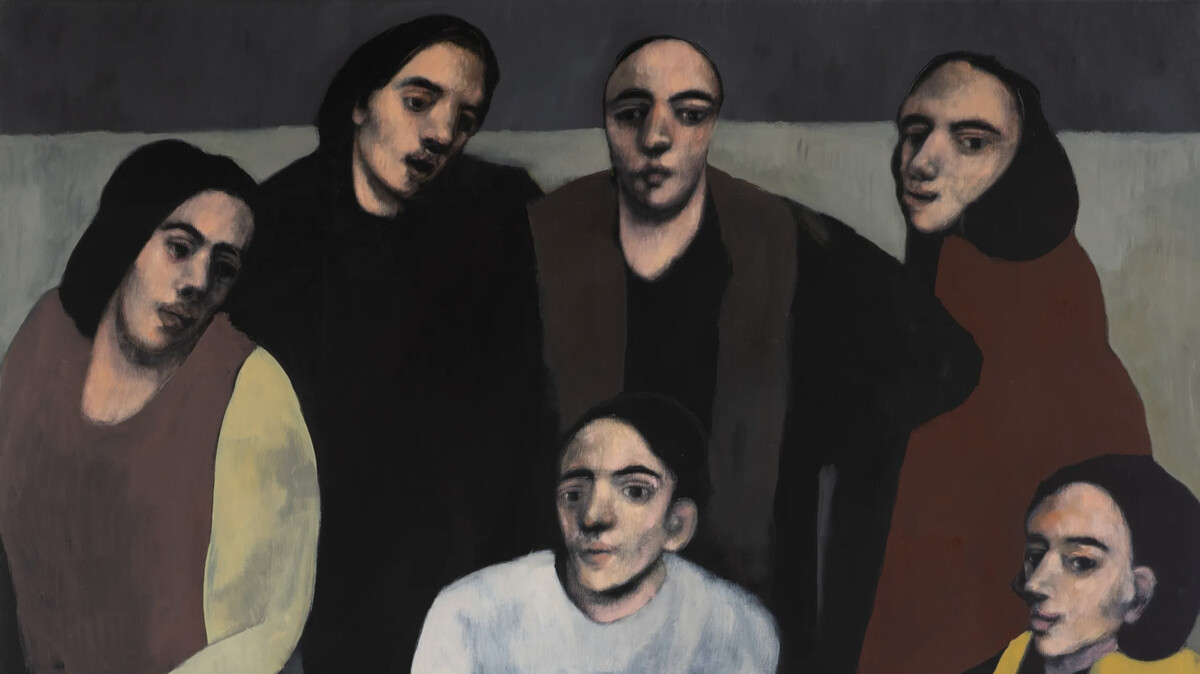
Contemporary Syrian artists have long used their practice to capture the turbulence of their homeland — from war and displacement to resilience and rebirth. And over the past 15 years, the Syrian people have seen a lot, to say the least. They have lived through a groundbreaking political uprising and a devastating war that has led to violent fighting, social disintegration, cultural destruction, internal displacement and a mass migration that impacted the world.
Such calamities have appeared time and again in the work of the country’s academically-trained contemporary artists — keen chroniclers of the turbulent times they live in — many of whom fled their homeland. Through provoking works of art, socially-engaged and politically-aware artists have documented and explored the painful Syrian narrative. While their works emphasise themes of trauma, suffering and loss, there are at times moments of hope, humanity and beauty despite the tragedies endured.
And although for many there was a sigh of relief and palpable joy across Syria when the Assad regime collapsed in late 2024, obstacles of sectarian tensions and deadly clashes have sadly emerged. In the culture sector, concerns of censorship and freedom of expression have also been raised. Most recently, a controversial decision has been made at the Faculty of Fine Arts of the University of Damascus, where nude art is no longer allowed in graduation projects. Such a decision has led to an outcry on social media, and some of Syria’s leading artists have openly spoken out against the restriction, reminding us once again of their long-held defiance and a will to fight back even though it might have cost them dearly.
Despite Syria’s rich, centuries-long history in architecture, visual art and crafts, one advocate of Syrian art, Shireen Atassi, believes that the country’s modern and contemporary visual art has been underrepresented and understudied due to the absence of domestic patronage and an active ecosystem that supports the artistic community.
However, Atassi, who is the director of the Atassi Foundation, has noticed an increased interest in Syrian art shortly after the birth of the ‘New Syria.’ “Personally, from my perspective, I think I have given three to four, if not more, interviews to international journalists writing about Syrian art, now that the Assad regime has fallen,” Atassi told AD. “I think it’s amazing — it’s a rebirth on every level.”
To refresh our memory of contemporary Syrian artists, from the experienced to the emerging, here is a diverse selection of notable current talent to keep on your radar.
Anas Albraehe
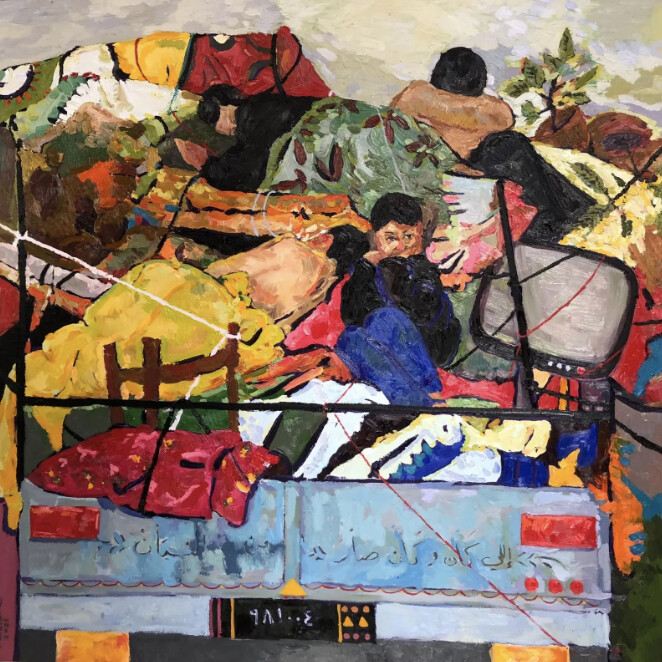
The rising Sweida-born painter Anas Albraehe was around 10 years old when he started painting. He later went on to study fine arts in Damascus and gained a Master’s degree in psychology and art therapy in Beirut. Inspired by the art of masters Henri Matisse and Paul Gauguin, Albraehe’s delicate and vibrant canvases exude quiet moments of humanity, tenderness and intimacy amidst situations of hardship. He has particularly devoted most of his work to portraying the restful act of sleeping. Whether bundled in the back of a truck or sharing a crowded space covered in blankets, everyone, be it a refugee, a worker or a friend, is equal when asleep. Today, the artist is based in Paris and has had his work displayed in notable art fairs around the world, including Art Dubai and Art Basel. @anasalbraehe
Azza Abo Rebieh
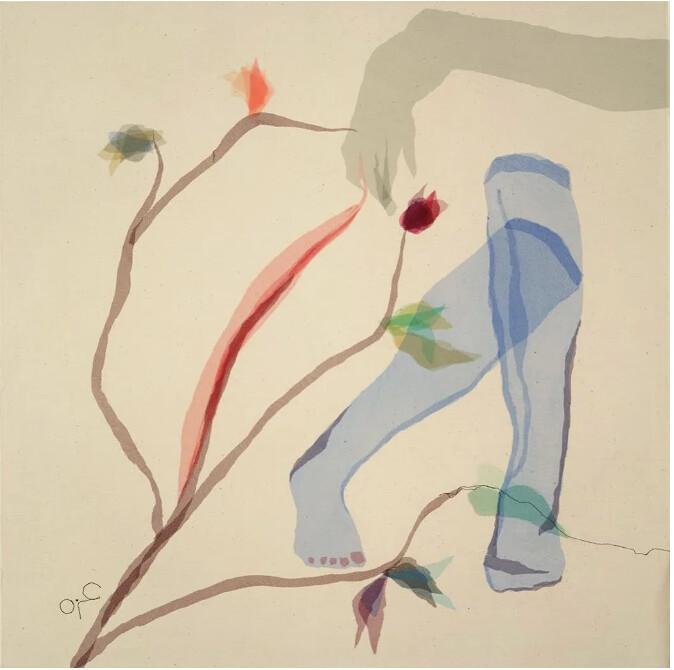
Based in Beirut, the Syrian artist and activist Azza Abo Rebieh has tried her hand in printmaking, watercolour painting and fabric art, featuring fluid and feminine figurative, architectural, bodily and natural elements. She was notably active during the Syrian revolution, which led to her imprisonment by the Assad regime in 2016. Her detainment left an indelible mark, sparking her to create haunting prints about life in detention, depicting female and children detainees in Damascus’ Adraa prison, which were later exhibited in the region and abroad. After the fall of Assad, the artist has continued to make art that focuses on social issues, such as Syria’s disappeared civilians. @azza.abo.rebieh
Ismail Al-Rifai
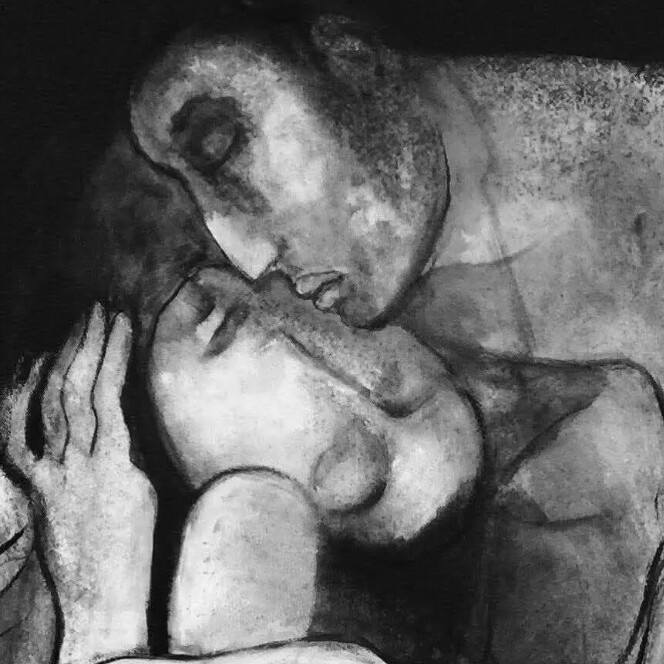
An artist and novelist who has excelled in figurative painting is Ismail Al-Rifai, who graduated from the University of Damascus in the 1990s. Through his bold use of acrylic paint, Al-Rifai has produced captivating and raw artworks, executed in a shadowy and blurry manner with muted colours, where flexible figures represent different emotional states. Such vulnerable feelings are beautifully expressed through the bodily positions of floating, embracing, squatting, falling and standing alone. @ismailalrifai_
Kevork Mourad
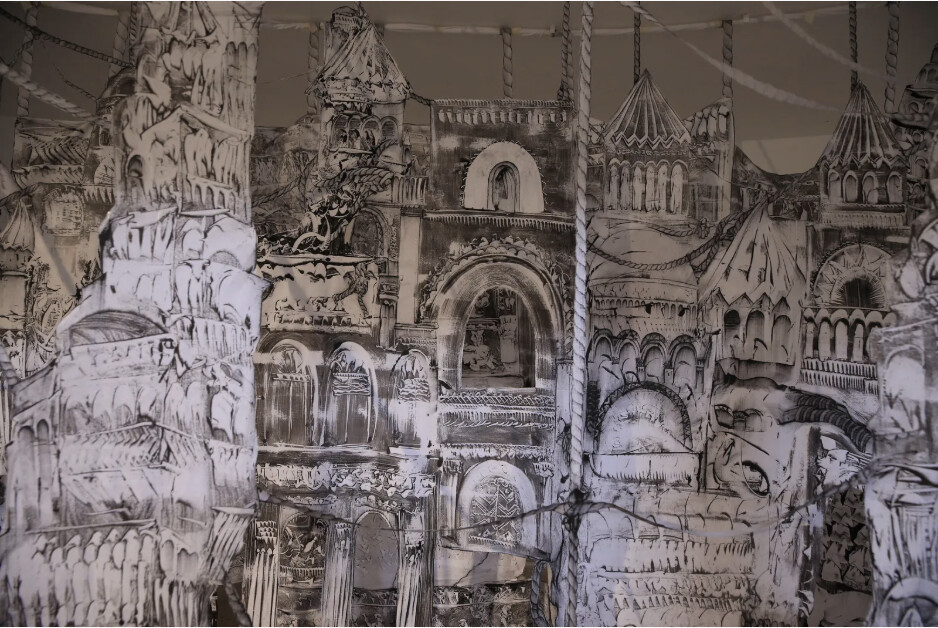
A notable Syrian-Armenian artist, Kevork Mourad, is known for his hanging, layered and accumulative installation pieces that tell multiple stories of human diversity, ancient civilisations, shared memories and conflict-caused destruction. Coloured in black and white, the detailed pieces are usually made of cut-out layers of drawings on muslin. Based in New York, Mourad’s work has been displayed internationally, including London and Shanghai, and has often been featured in theatre performances, giving the overall experience a dramatic effect. @kevork_mourad
Khaled Barakeh
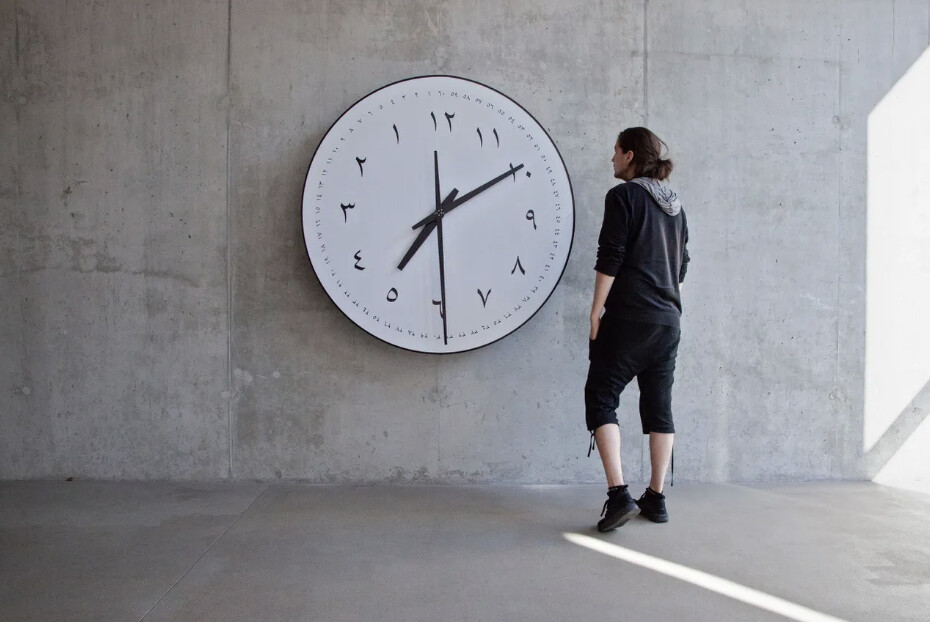
Khaled Barakeh is a Berlin-based conceptual artist and vocal activist who explores the complexities and ironies of migration, displacement and social injustice. He has used everyday objects, from a green ‘Exit’ sign to rubber stamps, to address political divides in the world today. One of his landmark projects was “Mute,” a sight-specific, mixed media installation that emulated an eerily silent demonstration, inspired by protests seen in Syria in 2011. Aside from his artistic practice, Barakeh has also set up initiatives to support fellow Syrian artists abroad and hosted workshops with exiled artists. @khaled.barakeh
Laila Muraywid
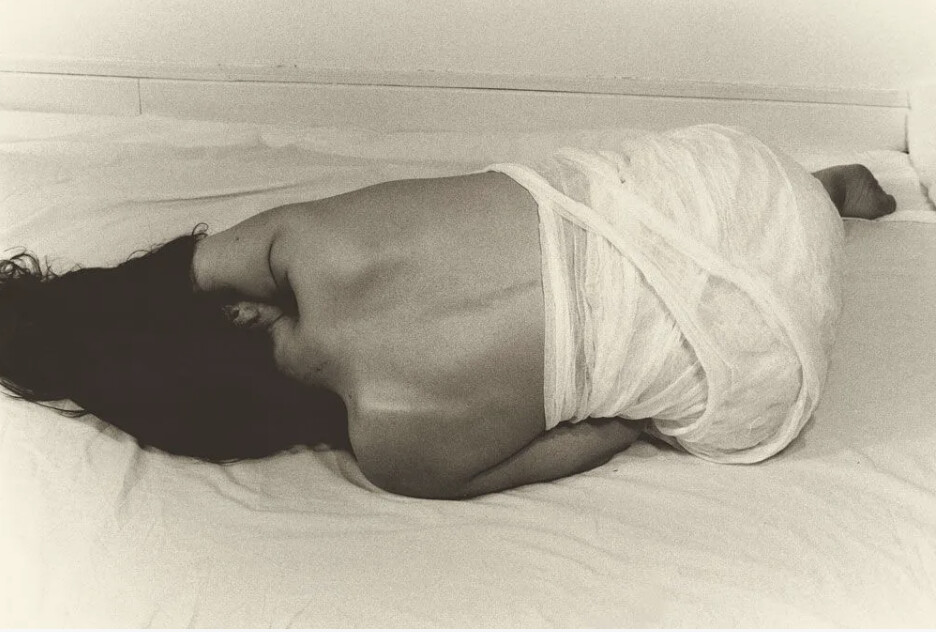
Throughout her long career, the Damascus-born, Paris-based artist Laila Muraywid has chiefly dealt with the intimate subject of the female body through photography, jewellery, sculpture, amongst other mediums. “My work questions the programmed social reactions facing taboos… The woman’s body is taken hostage in the trap of religion, politics and society,” Muraywid once said. From her early years, she was unconventional and curious. Her exploration of the human flesh began through visiting meat markets in Damascus during the 1970s, where she sketched the markets’ gruesome sights. The meat market was, in a way, her first classroom, leading to the artist’s lifelong questioning of the body as a site of beauty, brutality and freedom. @lailamuraywid
Mohannad Orabi
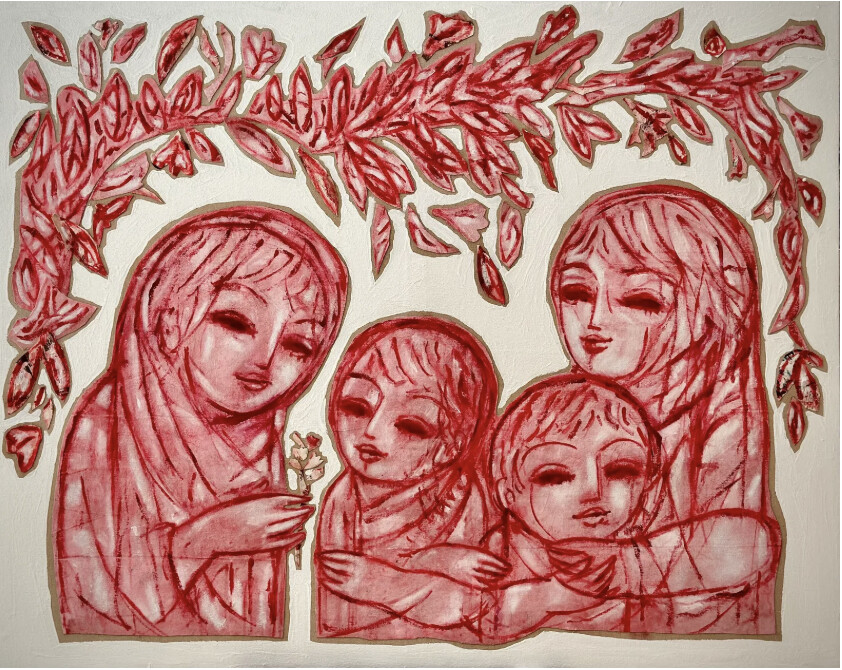
Based in Dubai, Mohannad Orabi has developed an instantly recognisable style of painting dominated by soulful child-like characters. Physically overtaking his canvases, the large and smoky-eyed confrontational figures represent the innocence of childhood, snatched away by the brutality of war and conflict. Over the years, Orabi has portrayed them in a variety of settings, using different motifs, materials and patterns. Beyond childhood, the artist’s emotional characters can also be read as an insight into adult human psychology. @mohannad_orabi_art
Nour Asalia
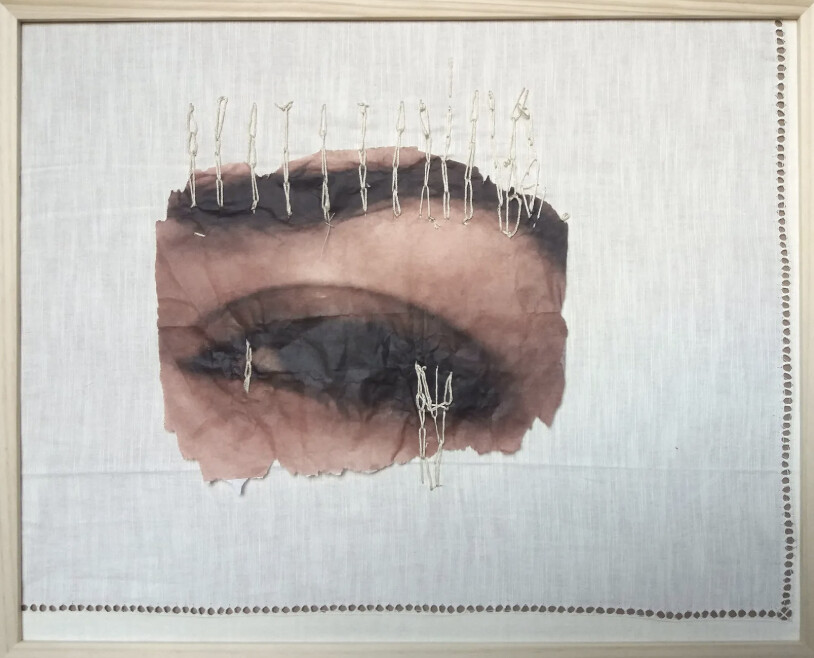
Nour Asalia is a France-based artist and researcher, whose inquisitive practice revolves around the fragility of the human body. Her art is partially informed by spending time with her father, who worked in the preserving art of taxidermy. In Asalia’s invasive practice, involving sculpture, fabric and works on paper, she boldly experiments with puncturing, mummifying and cutting vulnerable body parts, notably the eye, face and hands. “She stitched images of eyes, covered her self-portraits within rice paper envelopes, and added prominent dots of hot paste to images of eyes and female body parts to express tears. She also rolled down bundles of thread from eyes and hands,” according to her artist statement. While Asalia’s constructed pieces feel deeply personal, they are universal in telling narratives of the nuanced female experience. @asalia_nour
Nour Malas
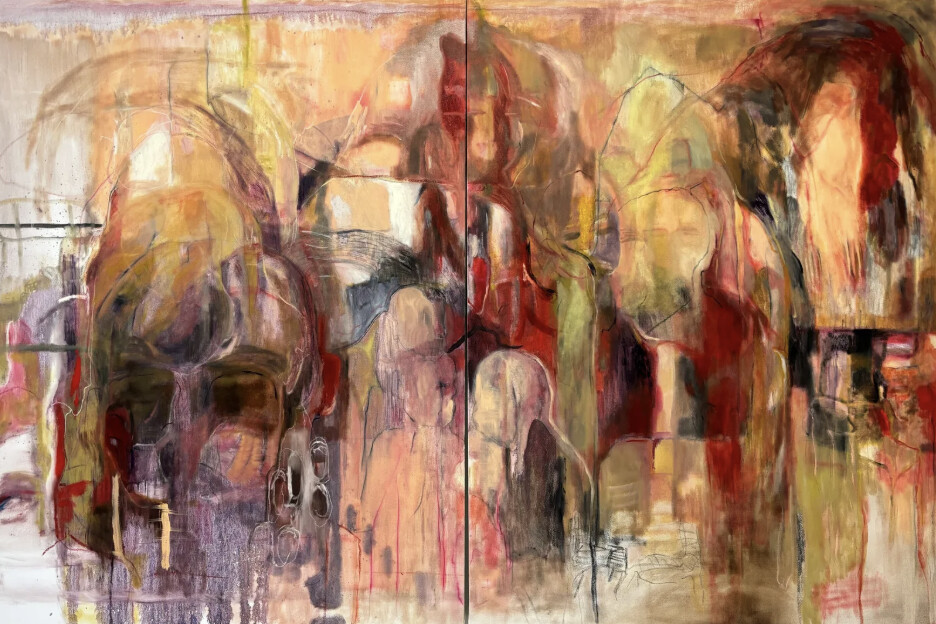
Next on the list of must-know Syrian artists is a rising talent, who is based in New York and has had a recent successful first solo show with Dubai’s Carbon 12 gallery. Nour Malas, who was actually trained in sculpture and studied art history, works mostly in abstract painting, building visually gripping scenes that merge intense colours, gestural markings and figurative details. Her highly expressive paintings speak about a variety of matters, from the personal to the political — from specific moments of everyday life to the current harsh state of the world. @nourmalas_
Raafat Ballan
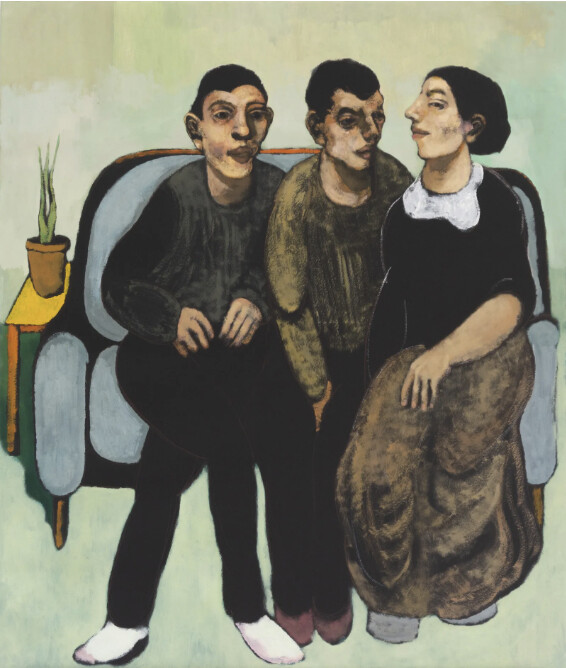
In Raafat Ballan’s shadowy paintings, there is something unsettling yet fixating about his oddly-shaped figures whose silent and gentle faces feature distorted elements. Some of Ballan’s images are solo close-ups, while others show a group of people together, observing each other — even the viewer — from the corner of their eye or through a gaze that is almost never direct. The Sweida-born, Utrecht-based artist, who comes from a family of painters and musicians, bases his compositions on photographs and real-life experiences. While his characters aren’t necessarily “Syrian,” Ballan hopes that anyone can relate to them regardless of the viewer’s background. @raafat_ballan
Randa Maddah
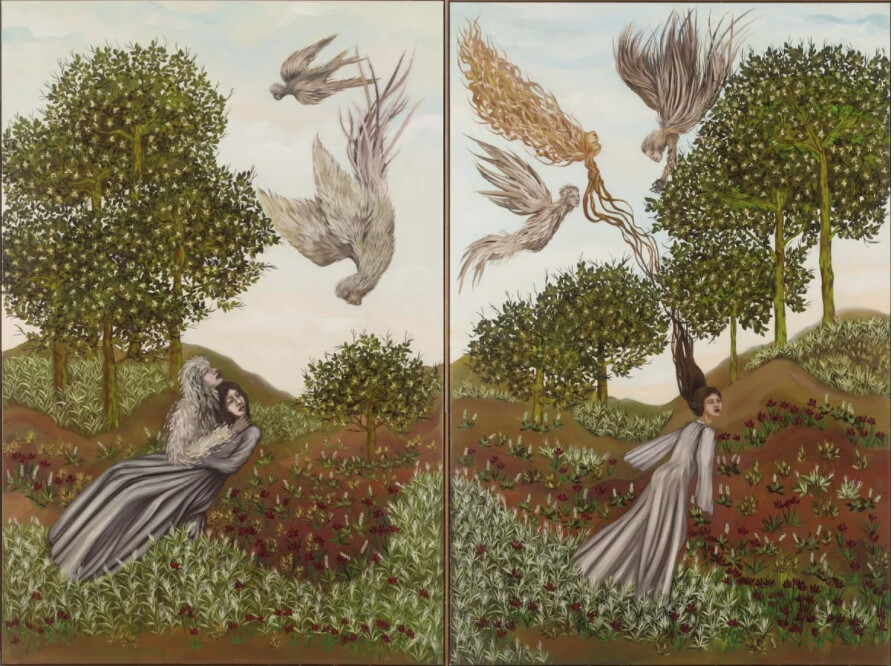
The Paris-based artist Randa Maddah hails from the Israeli-occupied Golan Heights in Syria, a mountainous area that is rich with sceneries of natural beauty. Such sights left a strong impression on Maddah, who has also been influenced by modern literature and ancient mythology, and is reflective in her whimsical yet melancholic art. In her recent paintings, Maddah has explored the meaning of the cycle of life, reincarnation, longing and rootedness in one’s land. Ever so observant of her social surroundings, Maddah has, over the years, mastered through video art, installation work, and printmaking the art of telling the complexity of the human condition. @randa_mdah
Safwan Dahoul

Artistically active since the 1980s, Safwan Dahoul, who was born in the Syrian city of Hama, is a reputable Dubai-based artist who left his homeland in 2012 as the violence escalated. Influenced by Assyrian and Pharaonic aesthetics, Dahoul has been working on his ethereal and monochromatic “Dream” series, producing dozens of artworks inspired by the artist’s personal experiences, as well as collective feelings. In this well-known series, Dahoul uses wide-eyed and serene female figures, who quietly and gracefully embody the notions of loss, longing, pain and solitude. @safwan_dahoul
Tammam Azzam
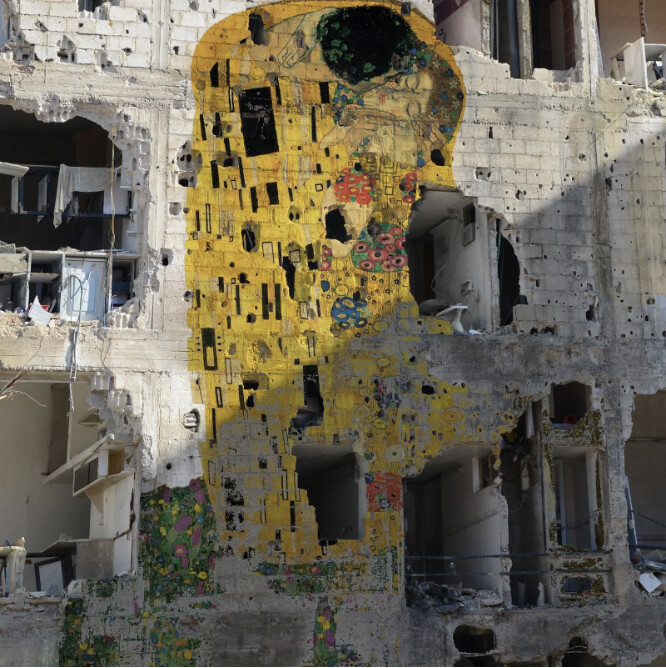
Nearly a decade ago, when the violence in Syria was intensifying, the name of Tammam Azzam rose to prominence when he created a viral artwork that merged Gustav Klimt’s iconic “The Kiss” painting with an image of a destroyed building. In his earlier works, the Berlin-based artist experimented with placing elements of famous works by European masters in scenes of destruction. But in recent years, Azzam has been creating sensitive collage work, using paint-soaked scraps of paper, depicting still and cracked scenes of ruined, empty sites and fields. They are sombre reminders of what used to be, where life and community once thrived. Azzam’s imagery may be read as compositions of deconstruction and reconstruction, of despair and hope — leading to the possibility of building something anew. @tammamazzam
Youssef Abdelke
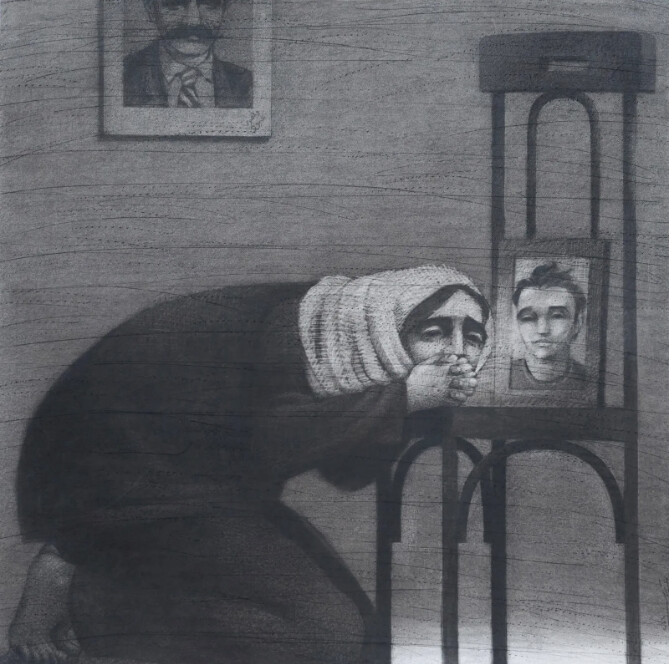
The eminent Syrian master Youssef Abdelke has tried it all throughout his 50-year-plus career, including painting, printmaking, and poster design. In the 1970s and 1980s, Abdelke (who was a political prisoner) dedicated his work to socio-political causes related to Palestine and Lebanon. However, the Damascus University-educated artist is mostly remembered for his stark black-and-white still-life imagery — from a rope-tied fish to a pierced bird — that spoke of the darkness of Syria’s 14-year war. An important voice in Syria’s contemporary art scene, Abdelke has recently made appearances in regional and global media, providing insight into the country’s post-Assad cultural life. @youssefabdelke
Zavien Youssef
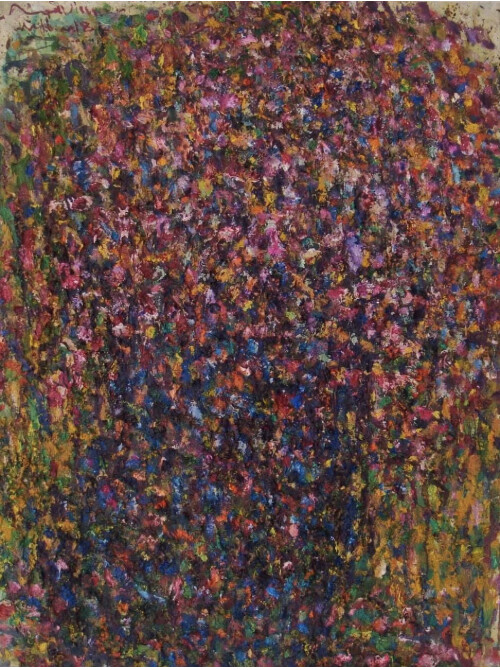
For more than a decade, the Damascus-based abstract painter Zavien Youssef has devoted his attention and brush to depicting trees. But not just any trees — they are depicted as exaggerated and zoomed-in natural beings pulsing with life, deep intensity and scribble-like ribbons of intersecting colours. For the artist, a tree is more than just a tree, but a state of mind, a chance to contemplate and heal one’s soul. Describing himself as a nature lover, Youssef regards the tree as a life-giving symbol, and he is particularly fascinated by its form, from its trunk all the way up to its branches, giving it an emotional and psychological touch through his distinct and startling technique. @zavienyoussef

